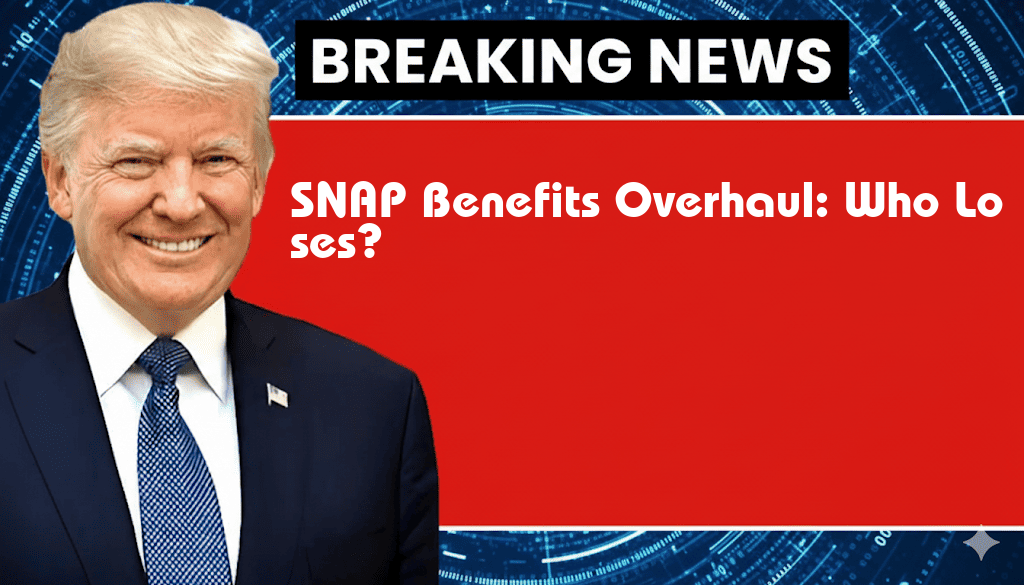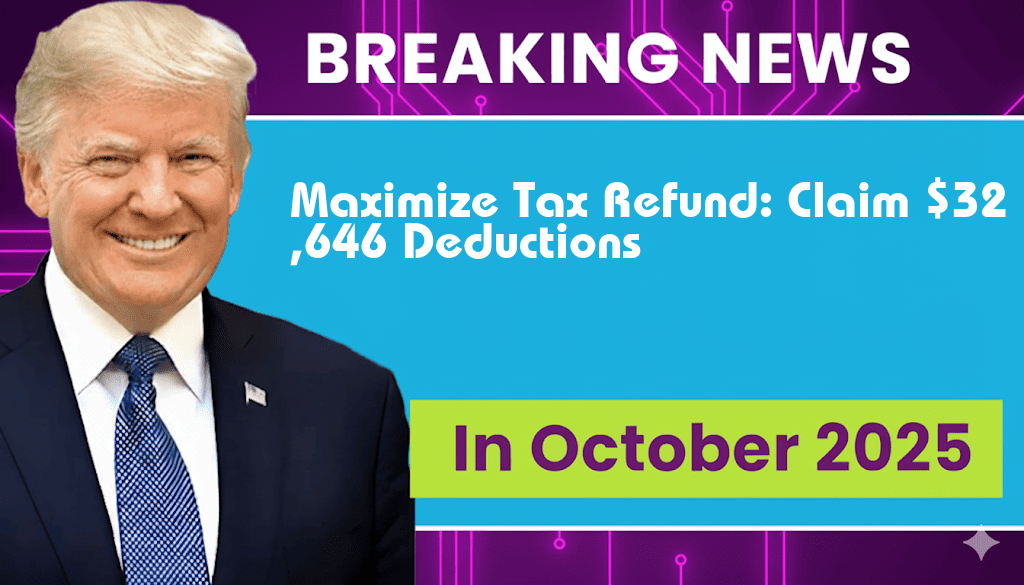

Who Will Lose SNAP Benefits in the 2025 Overhaul? A $3,000 Question
As the U.S. government gears up for a substantial overhaul of the Supplemental Nutrition Assistance Program (SNAP) in 2025, many beneficiaries are left wondering about the impact on their assistance. The proposed changes aim to tighten eligibility requirements, potentially affecting millions of households who rely on this vital support. The overhaul suggests a shift towards a more stringent assessment of income and asset limits, which could result in many individuals and families losing their benefits. With an estimated value of up to $3,000 per year for each recipient, the stakes are high, and the implications of these changes could reverberate through communities nationwide.
Understanding SNAP: A Brief Overview
The Supplemental Nutrition Assistance Program, commonly referred to as SNAP, is a federal aid program designed to provide food assistance to low-income individuals and families. Beneficiaries use Electronic Benefit Transfer (EBT) cards to purchase food items, ensuring access to essential nutrition. Currently, approximately 42 million Americans participate in SNAP, highlighting its critical role in combating food insecurity.
Proposed Changes in 2025
The 2025 SNAP overhaul focuses on several key areas:
- Tighter Income Eligibility Standards: The proposal suggests lowering the income threshold, which would mean fewer households qualify for benefits.
- Asset Tests Implementation: For the first time, the overhaul introduces asset tests, evaluating the savings and property of applicants. This change could disqualify those with modest savings or additional assets.
- Work Requirements: The new policy may impose stricter work requirements for able-bodied adults without dependents, potentially leading to loss of benefits for those who fall short.
Who Will Be Affected?
The impact of the proposed changes will vary across different demographic groups. Key populations that may face significant losses include:
- Low-Income Families: Families currently on the cusp of the income threshold may find themselves ineligible if the new limits are enacted.
- Individuals with Savings: Those who have managed to save a small nest egg may lose benefits due to the asset tests.
- Working Adults: Many adults who rely on SNAP while juggling low-wage jobs may struggle to meet the new work requirements.
Financial Implications of Losing SNAP Benefits
The financial ramifications of losing SNAP benefits can be severe:
- Increased Food Insecurity: Many households will likely experience difficulty affording nutritious food, leading to a rise in food insecurity.
- Healthcare Costs: Poor nutrition can contribute to health issues, increasing medical expenses for families who lose assistance.
- Economic Strain: Local economies may suffer as families spend less on food, which has broader implications for grocery stores and food producers.
Potential Reactions and Public Sentiment
Reactions to the proposed overhaul have been mixed. Advocacy groups argue that the changes will disproportionately affect vulnerable populations, exacerbating existing inequalities. On the other hand, some policymakers believe the adjustments are necessary to ensure that SNAP funds are allocated efficiently and only to those in dire need.
What’s Next?
The proposed changes are slated for discussion in Congress, and public commentary is encouraged. Stakeholders, including advocacy groups and community organizations, are mobilizing to voice their concerns and influence the decision-making process. The outcome of this overhaul will significantly impact millions of Americans, making it a topic of critical importance as the 2025 deadline approaches.
Conclusion
In light of the impending changes to SNAP in 2025, it is essential for beneficiaries to stay informed and prepare for potential shifts in their assistance. As the government navigates these reforms, the focus remains on balancing fiscal responsibility with the need to support those most in need. For more information on SNAP and the proposed changes, you can visit [Wikipedia’s SNAP page](https://en.wikipedia.org/wiki/Supplemental_Nutrition_Assistance_Program) or check out [Forbes’ coverage](https://www.forbes.com/advisor/personal-finance/snap-benefits/) on the topic.
Frequently Asked Questions
Who is most likely to lose SNAP benefits in the 2025 overhaul?
The individuals most likely to lose SNAP benefits are those who do not meet the new eligibility criteria set forth in the 2025 overhaul, particularly low-income adults without dependents.
What are the main changes in the SNAP program for 2025?
The main changes include stricter income eligibility requirements, potential work requirements for recipients, and a reevaluation of benefits based on updated cost-of-living adjustments.
How will the SNAP benefits be calculated after the overhaul?
After the overhaul, SNAP benefits will be calculated based on a new formula that considers the current economic conditions, including inflation and housing costs.
What options do recipients have if they lose SNAP benefits?
Recipients who lose SNAP benefits can explore alternative food assistance programs, apply for state-specific aid, or seek community resources such as food banks and pantries.
When will the changes to SNAP benefits take effect?
The changes to SNAP benefits are expected to take effect in 2025, with specific implementation dates to be announced by the government as the overhaul approaches.




